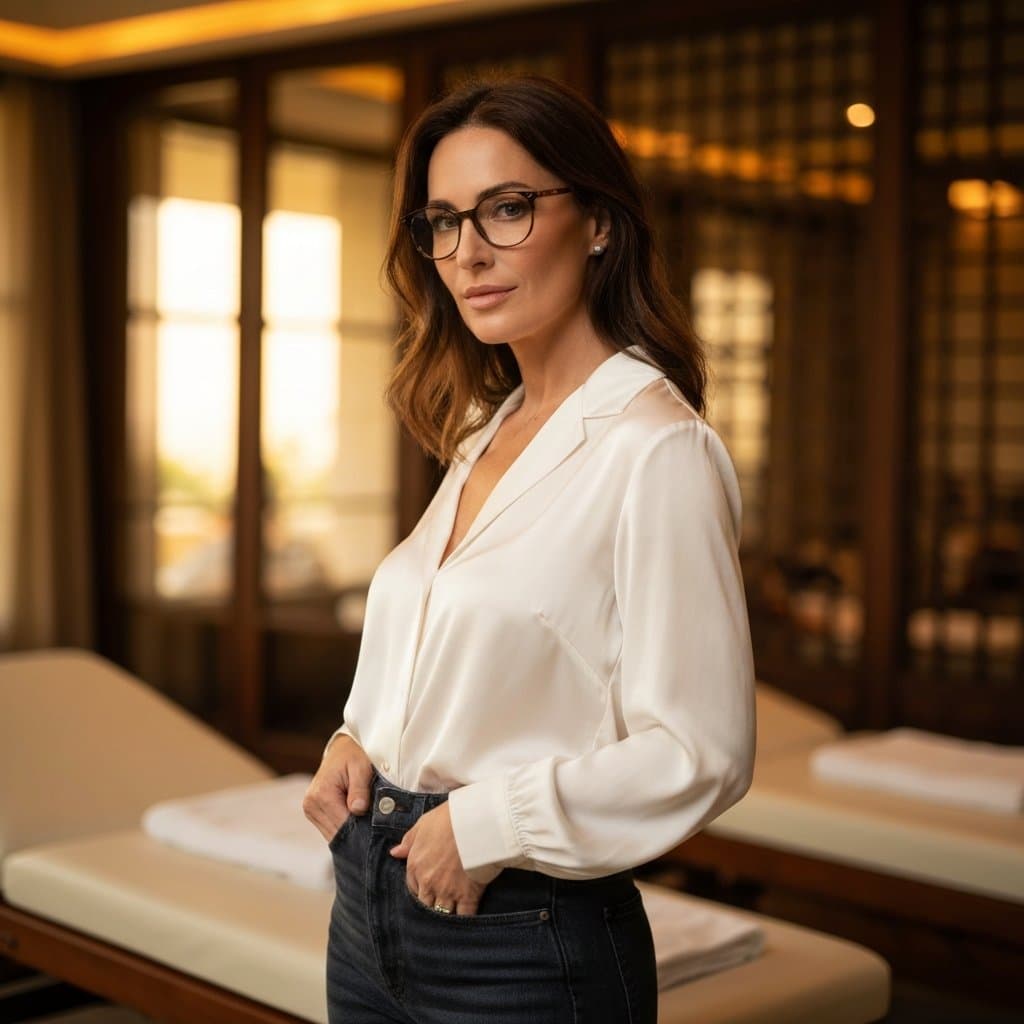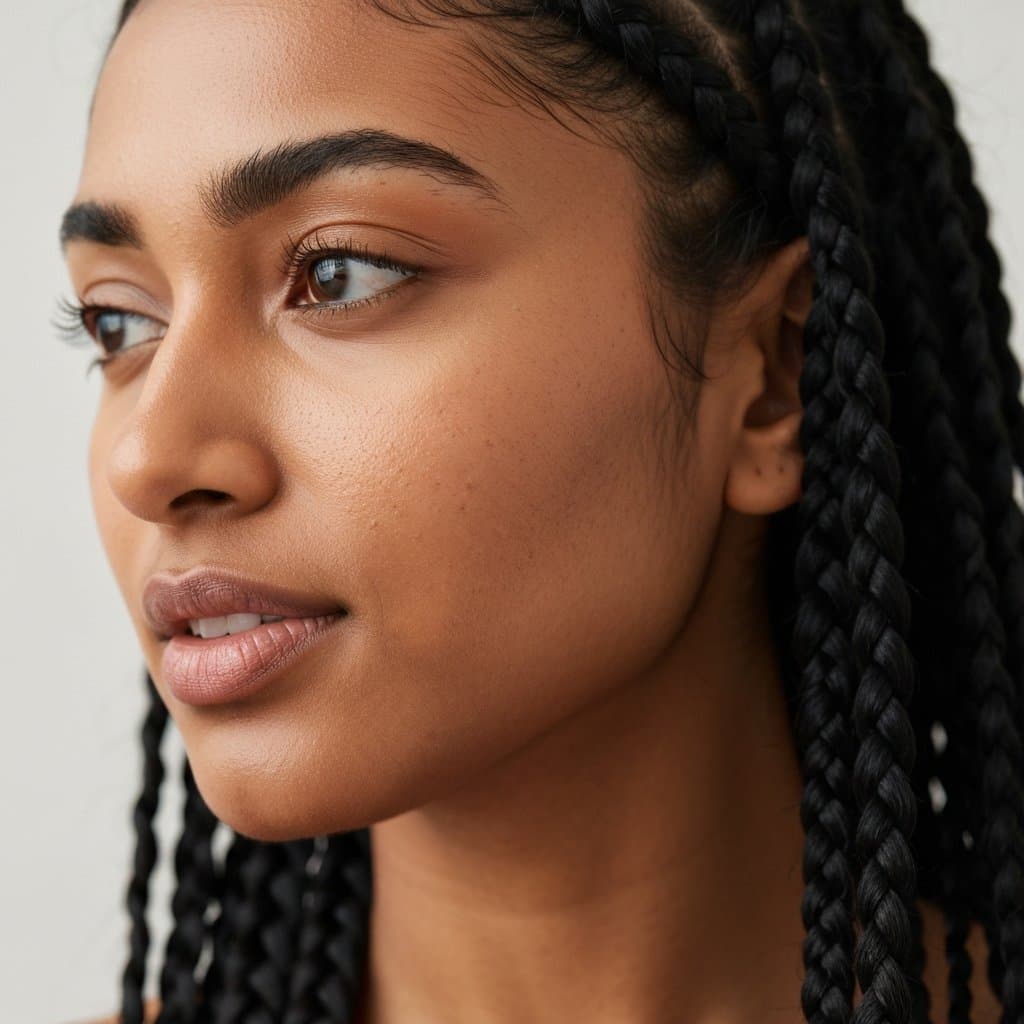The Psychology of Hair: What Your Hairstyle Reveals About You | A Deep Dive
The Power of First Impressions: An Introduction to Hair Psychology
Your hair is one of the first things people notice about you. Long before you speak a word, your hairstyle has already begun to communicate. This silent language is the foundation of the psychology of hair, a fascinating intersection of sociology, aesthetics, and personal identity. It's more than just keratin strands; your hair is a canvas for self-expression, a signal of your personality, and a powerful tool in shaping how the world perceives you. Whether you sport a meticulously styled pixie cut, flowing bohemian waves, or a vibrant, unnatural hue, your choice is a deliberate or subconscious reflection of who you are, how you feel, and how you want to be seen.

This deep connection between hair and identity is not a modern phenomenon. Throughout history, hair has been imbued with profound meaning, symbolizing everything from social status and marital eligibility to rebellion and spiritual devotion. In today's world, this connection is more personal than ever. A significant hair change often coincides with a major life event—a new job, the end of a relationship, or a newfound sense of self. It’s a way to take control, shed the old, and embrace the new. In this comprehensive guide, we will delve into the intricate psychology of hair, exploring what different lengths, textures, colors, and styles might reveal about your inner world.
Understanding these associations can be empowering. It allows you to consciously craft a look that aligns with your personal brand or professional goals. It can also help you better understand the non-verbal cues others are sending. By exploring the messages encoded in our manes, we gain a deeper appreciation for the artistry of hairstyling and its impact on our daily lives. Prepare to see your hair—and the hair of others—in a completely new light.
Hair Through the Ages: A Symbol of Identity and Power
Hair's role as a potent symbol is woven into the fabric of human history. In ancient Egypt, intricate wigs denoted rank and social standing, with the elite sporting far more elaborate styles than commoners. For the ancient Greeks and Romans, long, well-kept hair was a sign of wealth, freedom, and power, while cropped hair was reserved for slaves. The biblical story of Samson and Delilah is perhaps the most famous cautionary tale about hair and power, where his immense strength was inextricably linked to his uncut locks. This narrative has echoed through time, cementing the idea of hair as a source of vitality and personal strength.

Fast forward through the centuries, and hair continues to be a social and political battleground. The powdered wigs of the 18th-century European aristocracy were an overt display of status and conformity to courtly standards. In stark contrast, the 1960s counter-culture movement saw long, natural hair on both men and women as a direct rebellion against the conservative, close-cropped styles of the previous generation. It was a visual declaration of peace, love, and anti-establishment sentiment. Similarly, the rise of the Afro in the 1960s and 70s was a powerful statement of Black pride and identity, a rejection of Eurocentric beauty standards and an embrace of natural texture.
Even today, hairstyles carry significant cultural weight. The bob haircut, popularized by 'flappers' in the 1920s, symbolized female liberation and a break from Victorian constraints. The punk movement's mohawks and brightly dyed spikes were a visual expression of anarchy and discontent. Each era has its iconic styles that do more than just follow a trend; they capture the zeitgeist, reflecting the social shifts, rebellions, and aspirations of the time. Understanding this historical context enriches our appreciation for the modern psychology of hair, reminding us that our stylistic choices are part of a long and complex human story.
The Length Factor: What Long vs. Short Hair Communicates
The length of your hair is one of its most immediate and defining characteristics, carrying a surprising amount of psychological baggage and societal assumptions. It’s often the first major decision in any hairstyle, and the choice between long and short can broadcast very different messages.
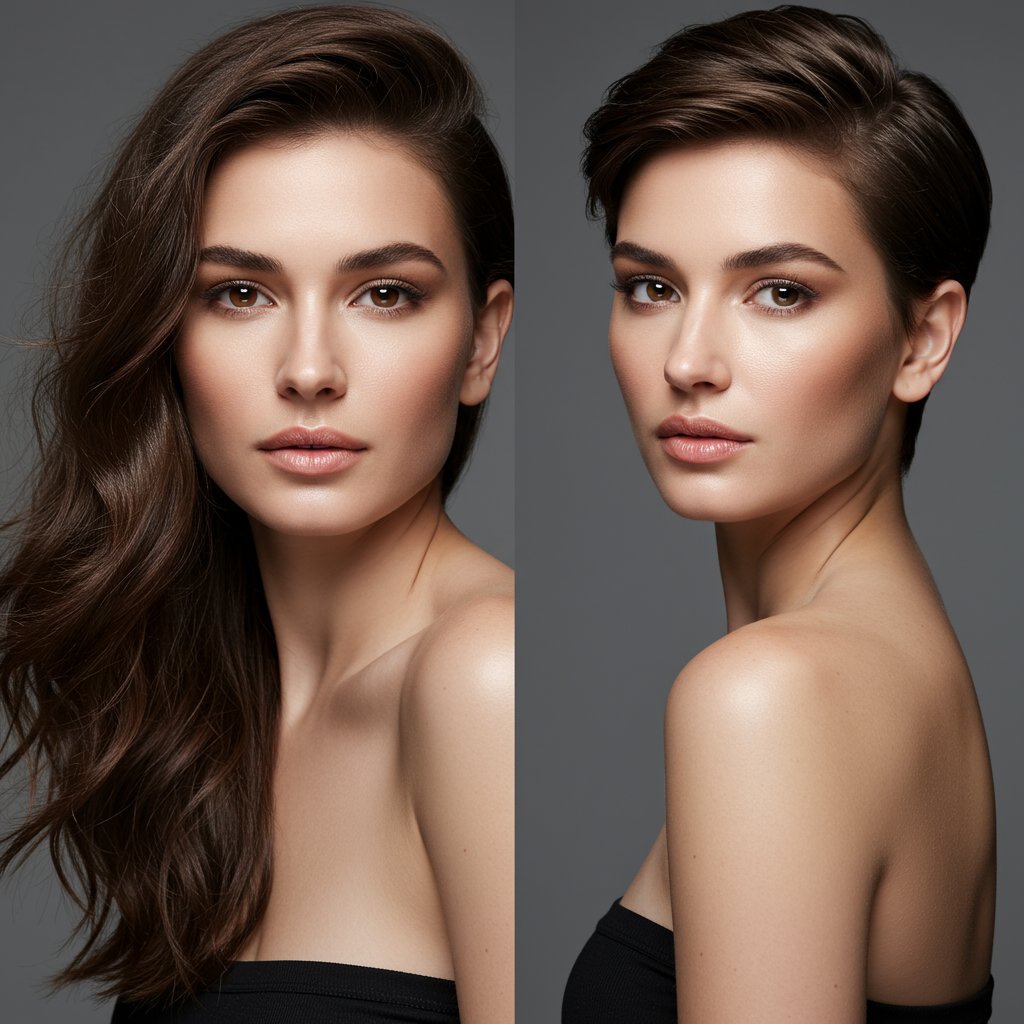
The Allure of Long Hair: Freedom, Femininity, and Tradition
Long hair is frequently associated with youth, vitality, and traditional concepts of femininity. Across many cultures, long, flowing locks are seen as a sign of health and fertility. Psychologically, it can suggest a personality that is in touch with their intuition and emotions, and perhaps a bit of a free spirit. Think of the bohemian archetype with long, carefree waves—this look suggests a person who values freedom, nature, and a relaxed approach to life. On the other hand, perfectly coiffed, long hair can also signal patience, dedication, and a certain level of conventionality, as maintaining its health and appearance requires significant effort and commitment.The Power of Short Hair: Confidence, Rebellion, and Practicality
Opting for a short hairstyle, such as a pixie cut, a sharp bob, or even a buzz cut, is often perceived as a bold and confident move. It takes a certain level of self-assurance to remove the 'safety blanket' that long hair can sometimes provide. Short hair frames the face, leaving nothing to hide behind, and can signal directness, honesty, and a modern, forward-thinking attitude. It is also inherently practical, suggesting a person who is efficient, active, and perhaps too busy for the high maintenance of long locks. Historically, women cutting their hair short has been an act of rebellion and liberation, a clear statement that they are breaking free from traditional gender roles and expectations.Decoding Hair Texture: From Sleek and Straight to Bold and Curly
Beyond length, the natural or styled texture of your hair offers another layer of insight into your personality. How you choose to wear your hair's texture—embracing its natural state or altering it—speaks volumes.

Sleek and Straight: Professionalism and Order
Straight, sleek hair is often linked with seriousness, sophistication, and professionalism. The clean lines and controlled nature of this texture can project an image of someone who is organized, efficient, and in control. In a corporate environment, a polished, straight hairstyle might be perceived as more 'put-together' or authoritative. This isn't to say that people with straight hair lack creativity, but the external perception often leans towards a personality that values order, precision, and a direct approach to tasks and communication. The effort to achieve a perfectly smooth finish also suggests a meticulous and detail-oriented nature.Wavy and Flowing: Creativity and Approachability
Wavy hair strikes a balance between the control of straight hair and the exuberance of curly hair. It often suggests a personality that is approachable, creative, and adaptable. The soft, flowing lines can create a relaxed and easy-going vibe, making the person seem friendly and open. This 'go-with-the-flow' texture aligns with individuals who are often seen as artists, dreamers, or simply down-to-earth. It’s a low-maintenance look that can appear effortlessly chic, signaling a quiet confidence and a comfortable sense of self without the need for rigid structure.Curly and Coily: Boldness and Uniqueness
The recent movement towards embracing natural curls and coils is a powerful statement of self-acceptance and confidence. Curly hair is dynamic, voluminous, and anything but predictable. Psychologically, it is associated with a personality that is equally vibrant, expressive, and bold. People with curly hair are often seen as outgoing, warm, and not afraid to stand out from the crowd. Choosing to wear hair in its natural curly or coily state can be an act of defiance against conventional beauty standards, signaling a strong sense of identity, authenticity, and a joyful, passionate approach to life.The Spectrum of Self-Expression: Hair Color Psychology
Hair color is one of the most dramatic ways to alter your appearance and, consequently, the perceptions people have of you. Whether you stick to your natural shade or experiment with the entire rainbow, your color choice is a key part of your personal narrative.
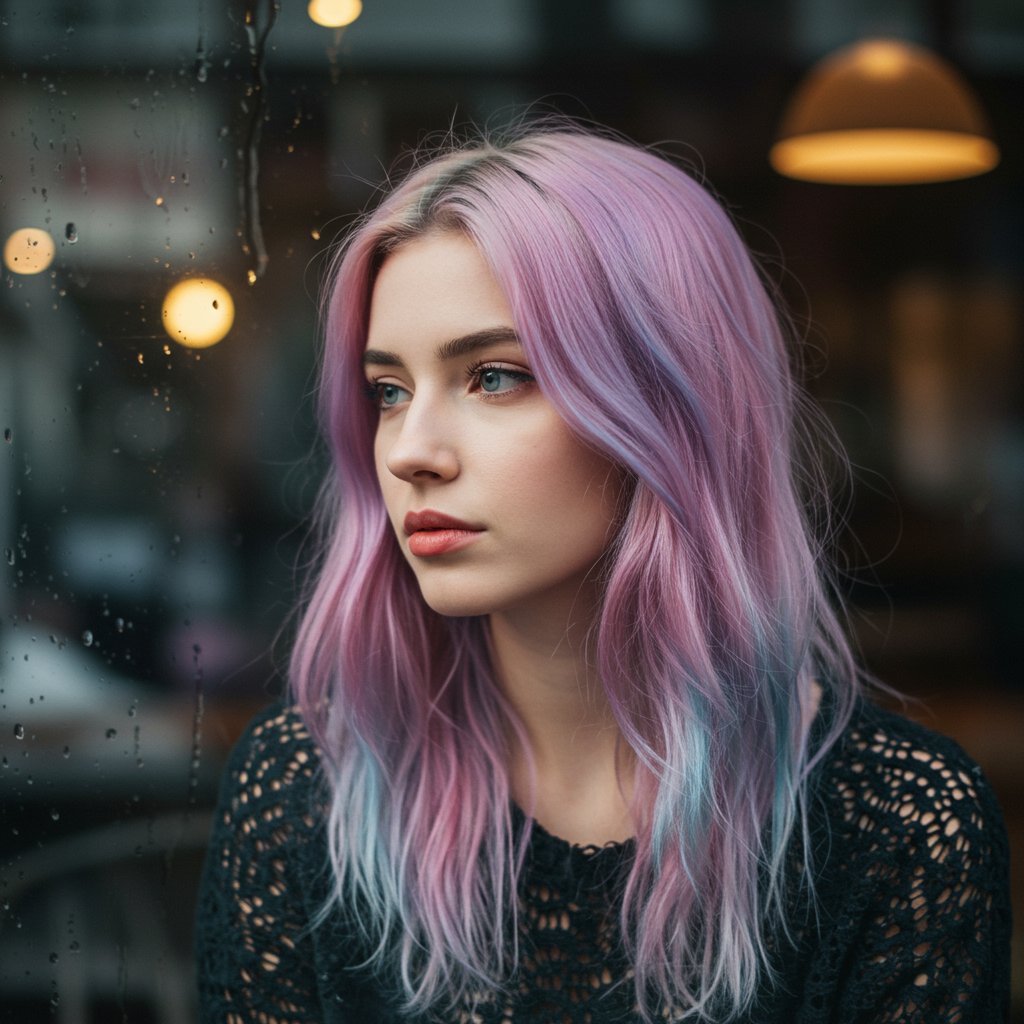
Natural Hues and Their Stereotypes
Society has long held stereotypes for natural hair colors. Brunettes are often perceived as intelligent, reliable, and serious. Black hair can be seen as mysterious, sophisticated, and exotic. Blondes have been stereotyped as fun-loving, approachable, and glamorous, though sometimes unfairly labeled as less serious (the 'dumb blonde' trope). Redheads, being the rarest natural hair color, are frequently seen as fiery, passionate, and unique. While these are broad generalizations, they influence subconscious first impressions and are worth being aware of when choosing a hair color.Unconventional Colors: A Declaration of Creativity
Dyeing your hair a non-traditional color like blue, pink, green, or purple is a clear and intentional statement. It immediately signals that you are a creative, non-conformist individual who isn't afraid to challenge norms and express your individuality. This choice often aligns with artistic professions or subcultures and suggests a personality that is playful, adventurous, and highly imaginative. It's a way of wearing your personality on the outside, telling the world that you are bold, unique, and march to the beat of your own drum. The specific color can also have meaning, with cool tones like blue suggesting a calm or introverted nature, while hot pinks and oranges can scream extroversion and energy.The Language of Specific Styles: Bobs, Bangs, and Updos
Beyond the fundamentals of length, texture, and color, the specific cut and day-to-day styling of your hair provide even more nuanced clues about your personality and mood.
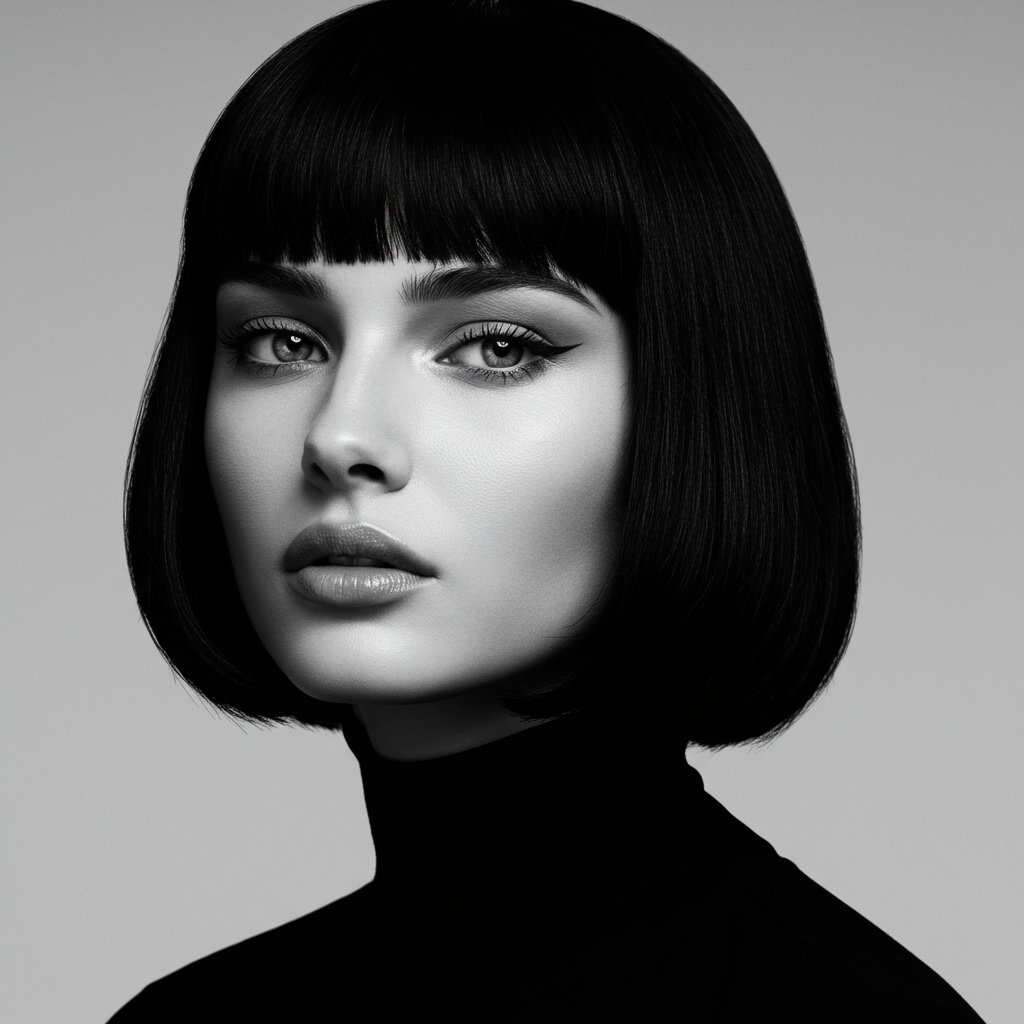
The Sharp Bob and the Edgy Pixie
A precise, geometric cut like a sharp bob or an asymmetrical pixie communicates sophistication, confidence, and a modern edge. These styles are not for the faint of heart; they are intentional and powerful. A person with a sharp bob may be perceived as being detail-oriented, decisive, and a leader. An edgy pixie cut can suggest a rebellious spirit combined with high self-esteem and a touch of androgynous chic. These are hairstyles that say, 'I know who I am, and I'm not afraid to show it.'The Mystery and Playfulness of Bangs (The Fringe)
Bangs, or a fringe, can dramatically alter a look and the personality it projects. Heavy, blunt bangs can create a sense of mystery and an artistic, high-fashion vibe. They draw attention directly to the eyes while also partially obscuring the face. On the other hand, soft, wispy bangs can project a look of innocence, playfulness, and approachability. They soften the features and can give off a more romantic or youthful energy. The choice of fringe is a subtle but powerful communicator.The Practicality of Updos: Buns and Ponytails
How you wear your hair up also sends a message. A tight, slicked-back bun or a high ponytail often signals focus and determination. It’s a practical, no-nonsense style favored by athletes, dancers, and professionals who need to concentrate without distraction. It says, 'I'm here to get things done.' In contrast, a loose, messy bun or a low, relaxed ponytail suggests a more casual, laid-back attitude. This style communicates that the wearer is comfortable, perhaps a bit of a homebody or creative type, who prioritizes comfort and ease over polished perfection.Crafting Your Signature Look: Aligning Hair with Your Personal Brand
Now that you understand the powerful psychology behind different hairstyles, you can use this knowledge to your advantage. Your hair is a key component of your personal brand—how you present yourself to the world in your personal and professional life. The goal is to choose a style that not only looks great but also feels authentic to you and sends the message you want to convey.
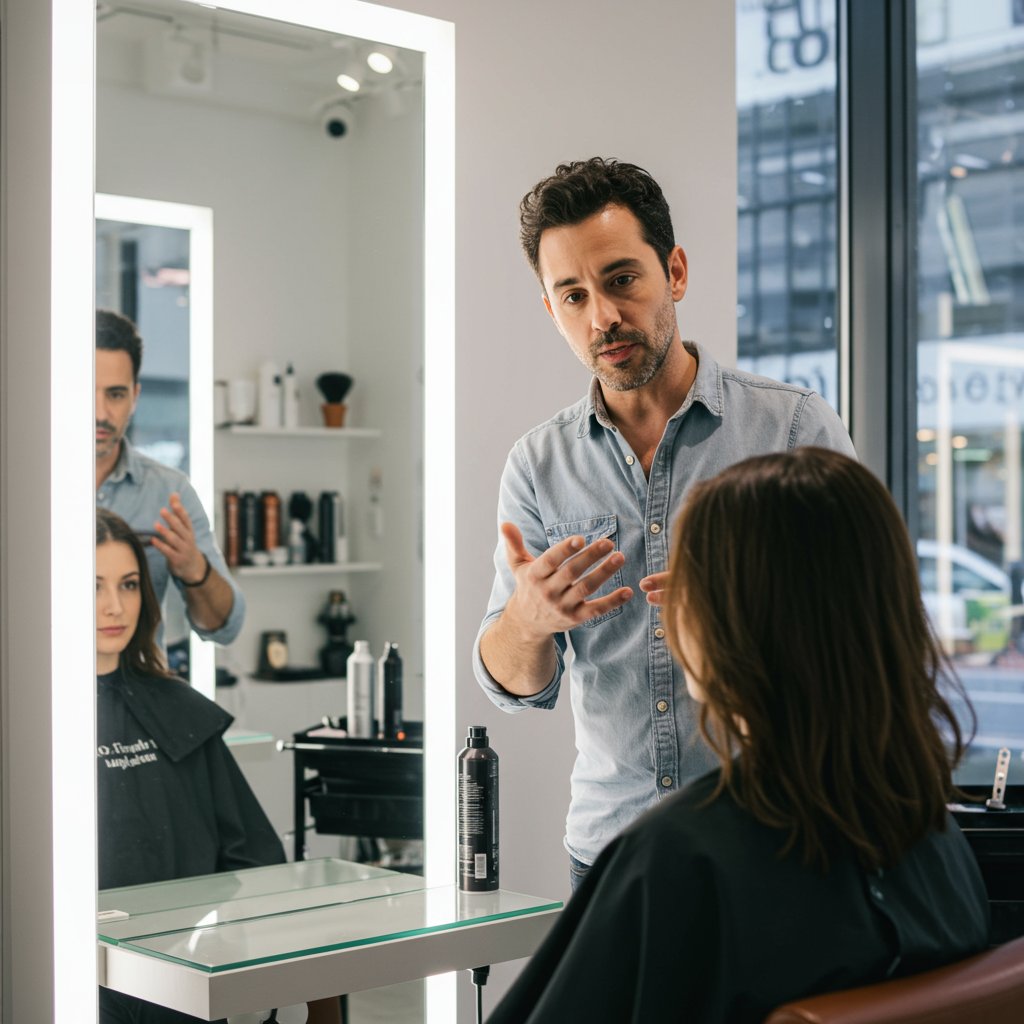
Start by considering your lifestyle, career, and personality. Are you in a creative field where a bold, unconventional color would be celebrated? Or are you in a corporate setting where a classic, polished look might help you project authority? Think about the adjectives you want people to associate with you: confident, approachable, creative, serious, fun-loving? An experienced stylist can be an invaluable partner in this process. They can help you translate those personality traits into a tangible look, considering your face shape, hair type, and maintenance level. For example, if you want to appear more confident and decisive, you might discuss a shorter, sharper cut with your stylist. If you want to project a more relaxed and creative vibe, you might explore softer layers, waves, or a balayage color effect.
Ultimately, the most important factor is how your hair makes you feel. The most 'psychologically perfect' hairstyle will fall flat if you don't feel comfortable and confident wearing it. Use these principles as a guide, not a rigid set of rules. Experiment, have fun, and work with a professional to find that signature look that is a true reflection of the amazing person you are. Your perfect hairstyle is the one that makes you walk out of the salon feeling like you can conquer the world.
Frequently Asked Questions About Hair Psychology
Is the psychology of hair backed by scientific research?
While 'hair psychology' isn't a formal branch of psychology, the principles are rooted in established concepts of non-verbal communication, social signaling, and the psychology of first impressions. Numerous studies have confirmed that physical appearance, including hairstyle, significantly impacts how we are perceived in terms of attractiveness, competence, and personality. These perceptions are often based on cultural stereotypes and learned associations.
Does changing my hairstyle really change how people see me?
Absolutely. A dramatic change in hairstyle can instantly alter people's first impressions of you. Going from long, flowing hair to a short, edgy pixie cut can make you appear more confident, modern, and daring. Similarly, changing your hair color can shift perceptions of your personality. This is because your hair is a prominent visual cue that people use to make quick judgments.What hairstyle projects the most confidence?
Confidence is subjective, but styles that are bold, intentional, and well-maintained tend to read as the most confident. Short, sharp cuts like bobs and pixies are often associated with high self-assurance because they don't allow you to 'hide'. Healthy, vibrant hair of any length, styled with clear intention, also projects a strong sense of self-care and confidence.How can a professional stylist help me find a hairstyle that matches my personality?
A great stylist is part psychologist, part artist. During a consultation, a skilled stylist will ask questions not just about your hair, but about your lifestyle, career, personal style, and how you want to feel. They can take your personality traits and translate them into a cut, color, and style that reflects you authentically, while also suiting your face shape and hair type.Does my hair's condition affect people's perception of me?
Yes, it does. Healthy, shiny, well-cared-for hair is often associated with vitality, conscientiousness, and attention to detail. Conversely, hair that appears damaged or neglected might subconsciously signal to others that you are stressed, overwhelmed, or lack self-care. Maintaining hair health is a crucial part of the overall message your hair sends.Conclusion: Your Hair, Your Story
Your hair is far more than an accessory; it is a deeply personal and dynamic part of your identity. As we've explored, the psychology of hair reveals that every choice—from length and color to texture and style—contributes to the story you tell the world. It’s a powerful form of non-verbal communication that can influence first impressions, project confidence, and signal major life changes. By understanding the subtle messages our hairstyles convey, we can become more intentional in how we present ourselves.
Whether you use your hair to conform or to rebel, to blend in or to stand out, the most important thing is that it feels like a true extension of yourself. The most beautiful and impactful hairstyle is always the one that fills you with confidence and allows your authentic personality to shine through. So, the next time you sit in a stylist's chair, think beyond the trends. Consider the story you want to tell. After all, you are the author of your own narrative, and your hair is one of the most exciting chapters to write.
